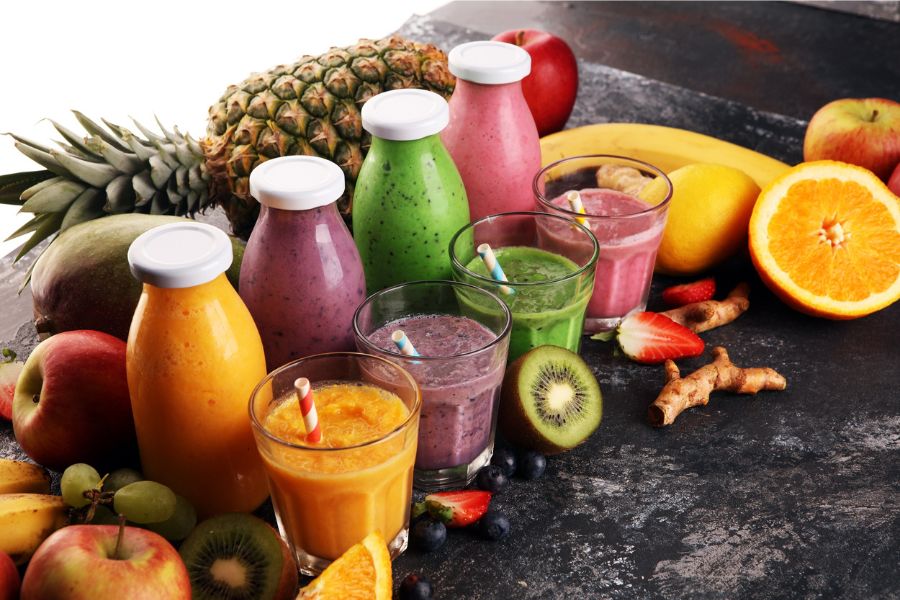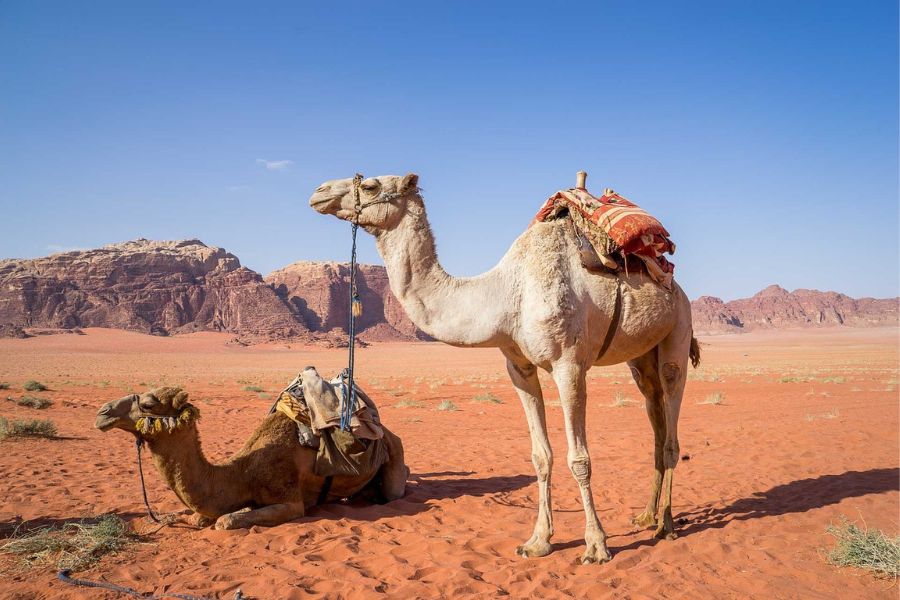Product Profile: Cardamom
• HS CODE: 090831 for whole cardamoms & 090832 for crushed or ground cardamoms, 33019015 for cardamom oleoresins
• Globally the estimated size of the cardamom industry in value terms was US$ 69.8 billion in 2018 and is expected to reach US$ 86.4 billion by 2025, growing at a CAGR of 2.8%
• The global cardamom market is highly concentrated, as over 60% of the global production of this spice is accounted for by two major producing countries – Guatemala and India – who produce both small and large cardamom. They are also the main exporters.
• Cardamoms are extensively used as primary ingredients in a variety of products such as tea bags, cardamom powders, cardamom liquids etc.

Cardamom is a tropical plant of the ginger family Zingiberaceae. The spice refers to a genus among an eclectic range of flowering plants. It comes in two varieties – Elettaria or small cardamom and Amomum or large cardamom. The Elettaria (small or green cardamom) is most commonly consumed and therefore also most traded globally. Being the third-most expensive spice in the world after saffron and vanilla, cardamom is used mostly by upper middle-class and high-income population. Geographically, the Asia Pacific is the biggest region in terms of global cardamom production, as it held a 40% market share in 2017 and is expected to grow from US$ 26.02 billion in market value to US$ 35.24 billion (35% increase) by 2024. Globally, the estimated size of cardamom in value terms is US$ 69.8 billion and is expected to reach US$ 86.4 billion by 2025.
Cardamom has a warm fortifying fragrance that is a critical aspect of its appeal. It is derived from the Latin word cardamomum and is a spice plant native to India and Sri Lanka. The cardamom plant takes around three years to bear fruit, which are productive for more than 5 to 6 years. It is also used for medical purposes as it is very curative in nature. It helps in healing of sore throat, whitening of teeth, treatment of digestive disorders etc. Cardamoms, being one of the primary ingredients, is used in a variety of products such as herbal health supplements such as tea bags, cardamom powders, cardamom liquids etc.
One of the major factors that is driving the growth of the cardamom market is accelerated use of the spice in developing countries such as Middle East and Africa, Latin America, Southeast Asia etc. These countries consume more amount of cardamom products such as concoction drinks, cardamom oils, etc. Since cardamom is the third most expensive spice globally, it can be consumed only by upper middle class and rich population.
Consumption of cardamom has sharply increased throughout the world during the last two decades. The major consuming countries of cardamom are the Middle Eastern countries, India, Pakistan, European countries, US and Japan. Middle Eastern countries such as Saudi Arabia and the United Arab Emirates, and South Asian countries such as India account for more than 60% of the world’s consumption.
The global cardamom market is highly concentrated, as over 60% of the global production of this spice is accounted for by two major producing countries, which are Guatemala and India, who produce both small and large cardamom. They are also the main exporters. Due to specific climate conditions, cardamom is produced the year round in Guatemala, which gives it a comparative advantage in the export market.
Additionally, Guatemalan prices are significantly lower compared to India. This is because Guatemala produces mostly for export, while India has a very large domestic consumption that dictates its prices. There is also a difference in quality: Guatemala produces green cardamom, while Indian cardamom is yellow. At the same time, the strong market concentration means that available supplies depend heavily on production conditions in Guatemala. But Guatemalan production has not always been stable due to problems with unfavourable weather conditions and pests. This situation opens opportunities for exporters from other developing countries like India.
Source: ITC Trade Map, figures in US$ million
An ongoing trend in the market is increasing availability of cardamom products through online retailing. With the proliferation in e-commerce businesses worldwide, vendors have immense potential to enhance their profitability. E-commerce trading accounts for nearly 12% of the global retail trade. Most of these e-commerce channels support business-to-business (B2B) and business-to-consumer (B2C) operations.
Issues faced by Indian exporters
India was once the world export leader with an estimated 56% of the global market in 1970s. But in recent times, Indian exporters are facing several issues related to quality and production. Following are few of the issues pointed:
High production cost: Cardamom is a highly labor intensive crop and accounts for 60-70% of the total production cost. The trick is in the picking. Labor shortage is a problem that Indian agriculture has been grappling with.
Low yields and decreasing volatile oil (VO) content: The flavor and aroma profile of cardamom are characteristic of the volatile oil content in it. The challenge here is to increase total VO content, without increasing the concentration of 1, 8-Cineol – too much of which alters the flavor profile unfavourably.
Pesticide residues: High pesticide use in conventional farming makes the crop unfit for export, because they cannot meet the stringent regulatory norms set by importing countries.
Exportable surplus: India exports 35% of its production today, compared to around 70% in the 1970s. The percentage exported v/s what is consumed has been going down. Considering the high domestic consumption rate which has been increasing over the years, the creation of exportable surplus in the coming years, would be a challenge.
Opportunities for Indian cardamom stakeholders
Creating value addition through global value chains: Cardamom is also used in processed food and cosmetics, as flavors and fragrances, in the form of extracts, oleoresins and essential oils through steam distillation and solvent extraction of the dried ripe fruit. These extracts are used in bakery (cakes, cookies), desserts, confectionery (candy, chewing gum) and personal care (tooth paste, fragrances) applications.
Crop failures and volatility in changing patterns of climate in Guatemala, have had multinational companies like Wrigley’s looking out for alternate origins. They have played a part in shifting global consumer tastes and preference towards the flavor nuances of Indian cardamom.













We do sale cardamom
8943242344
https://wa.me/message/LI2255J3SRAYH1
We have good quality of cardamom from kerala.Cardamom of size 6,6-7,7,7.5,8,8.5